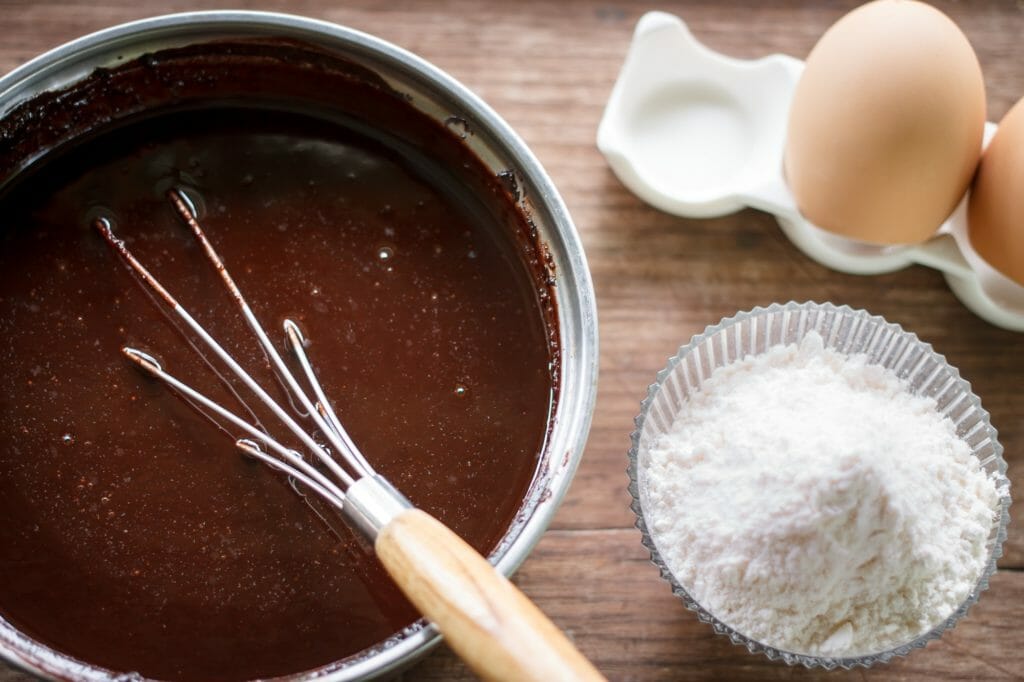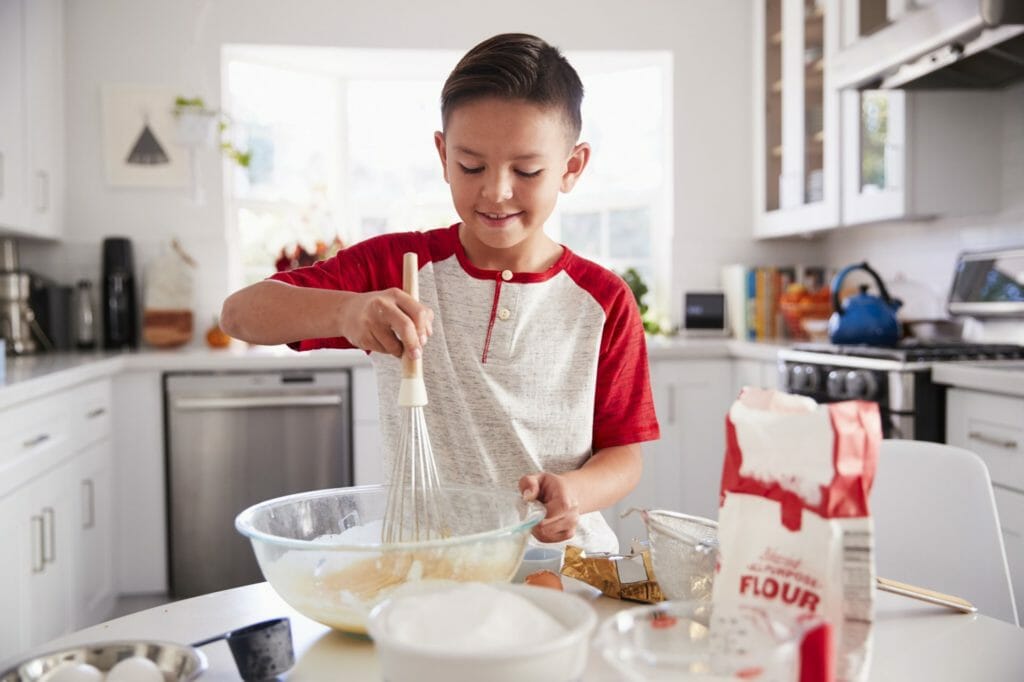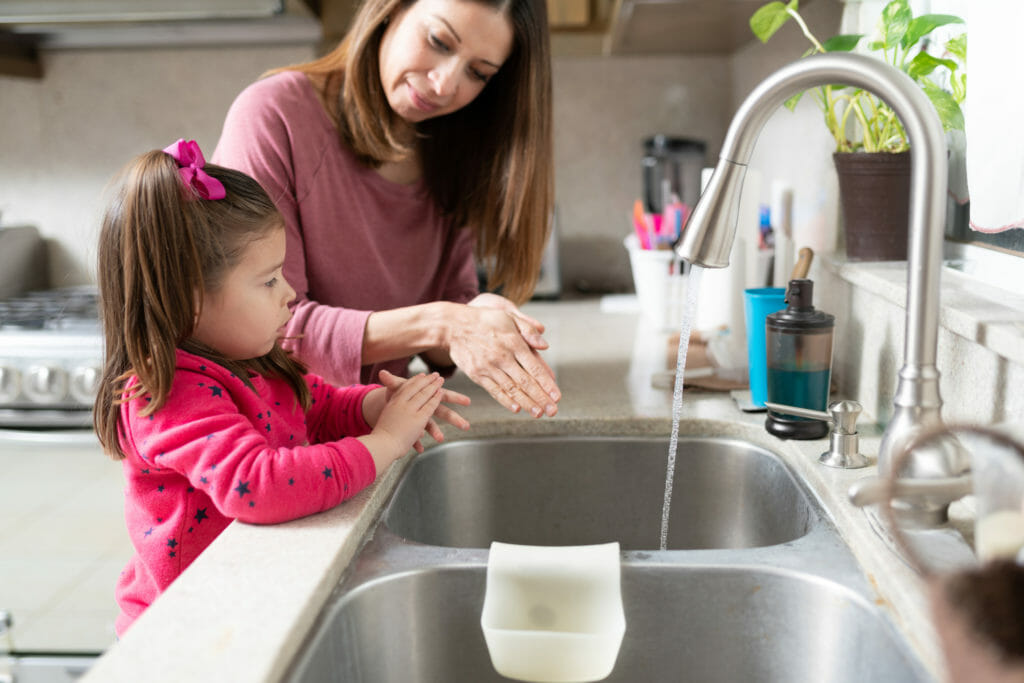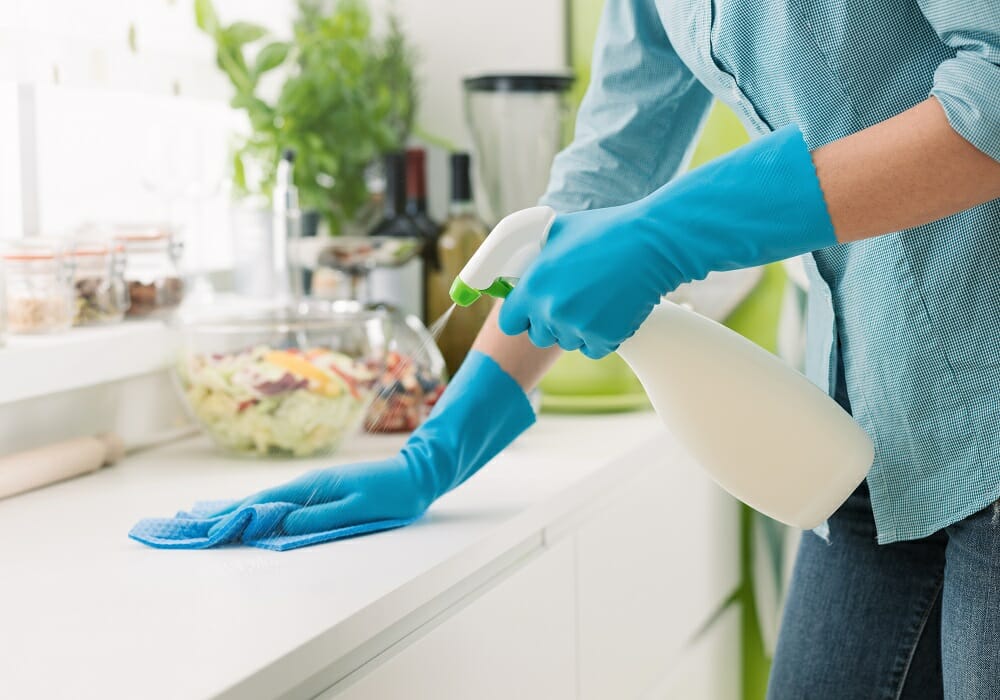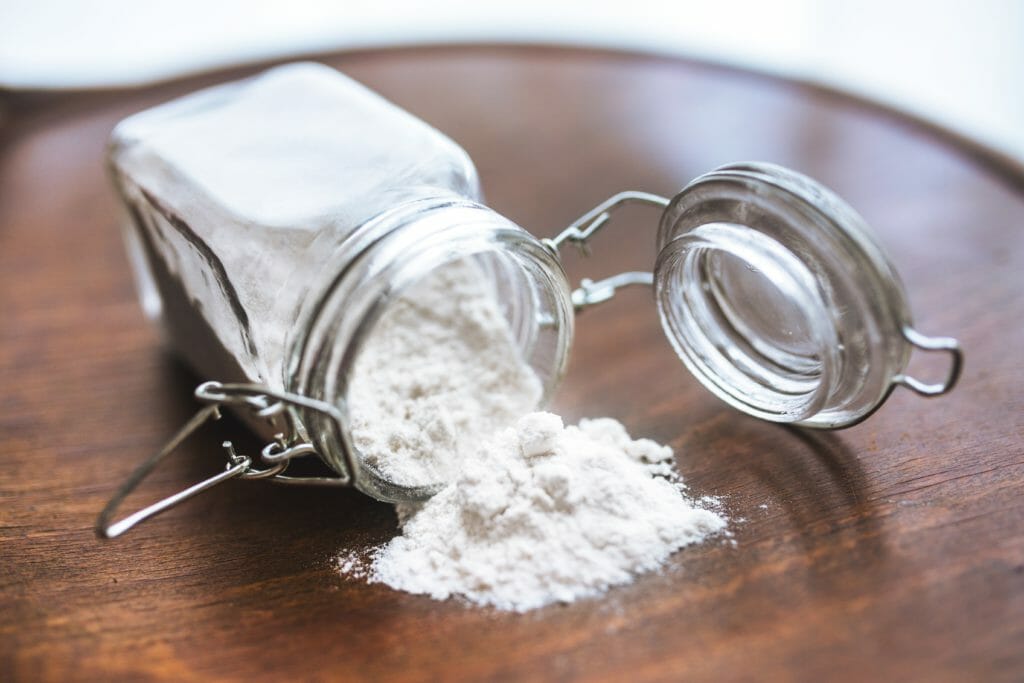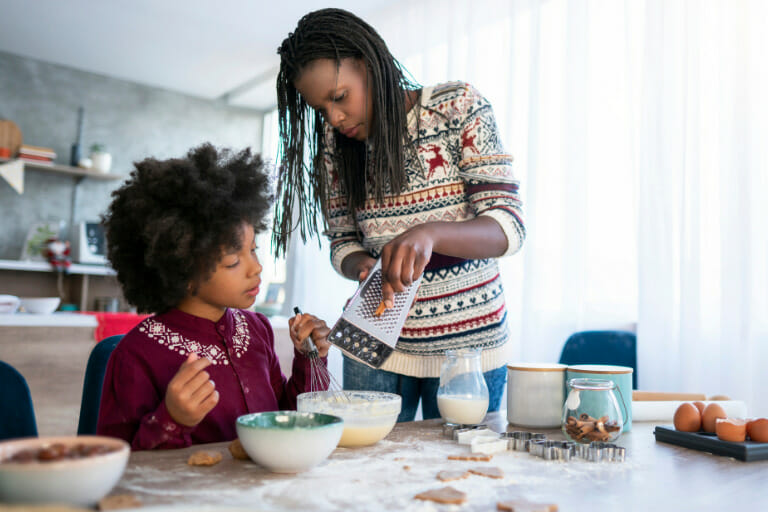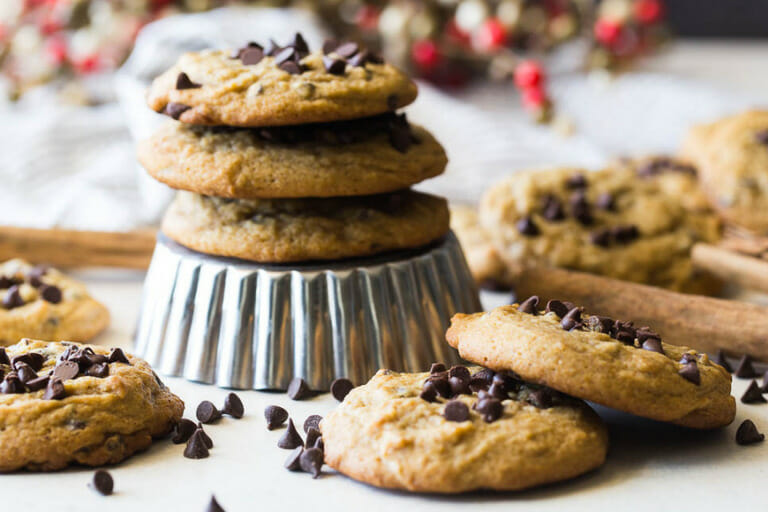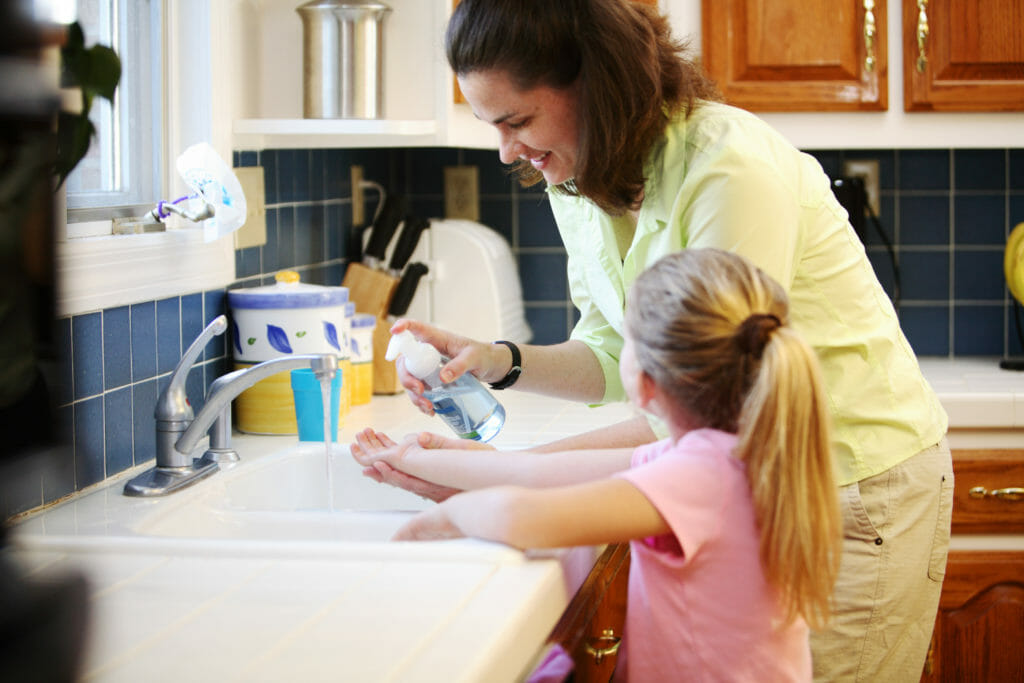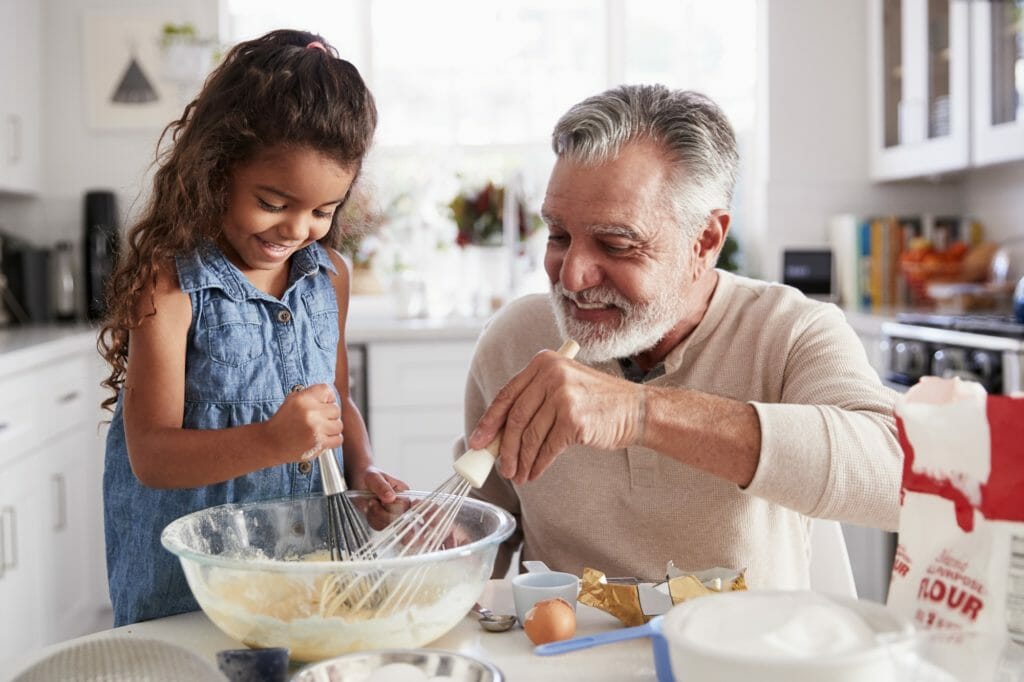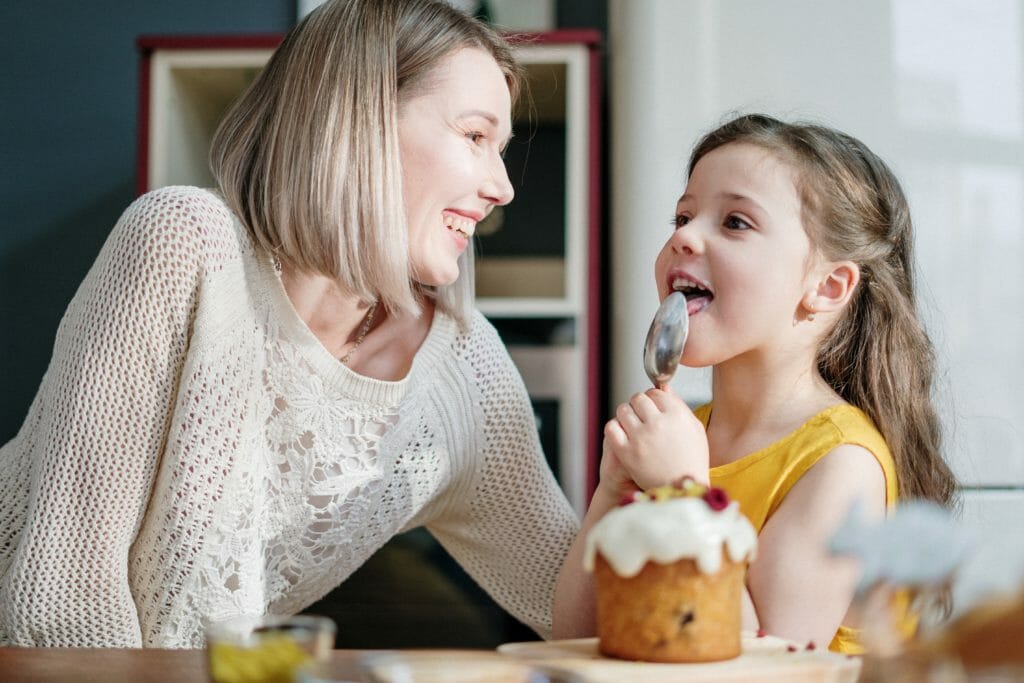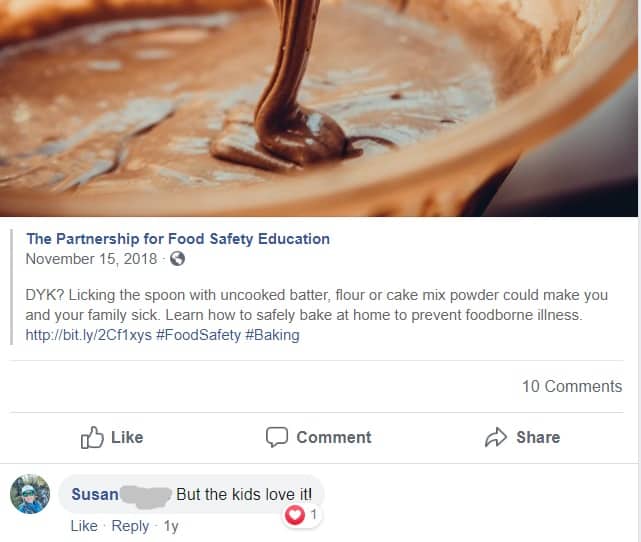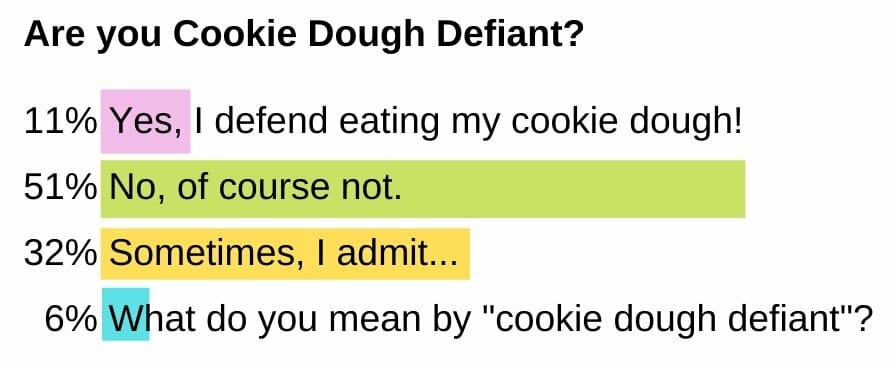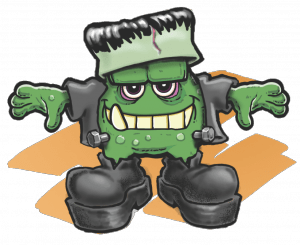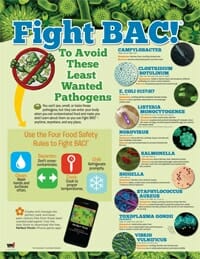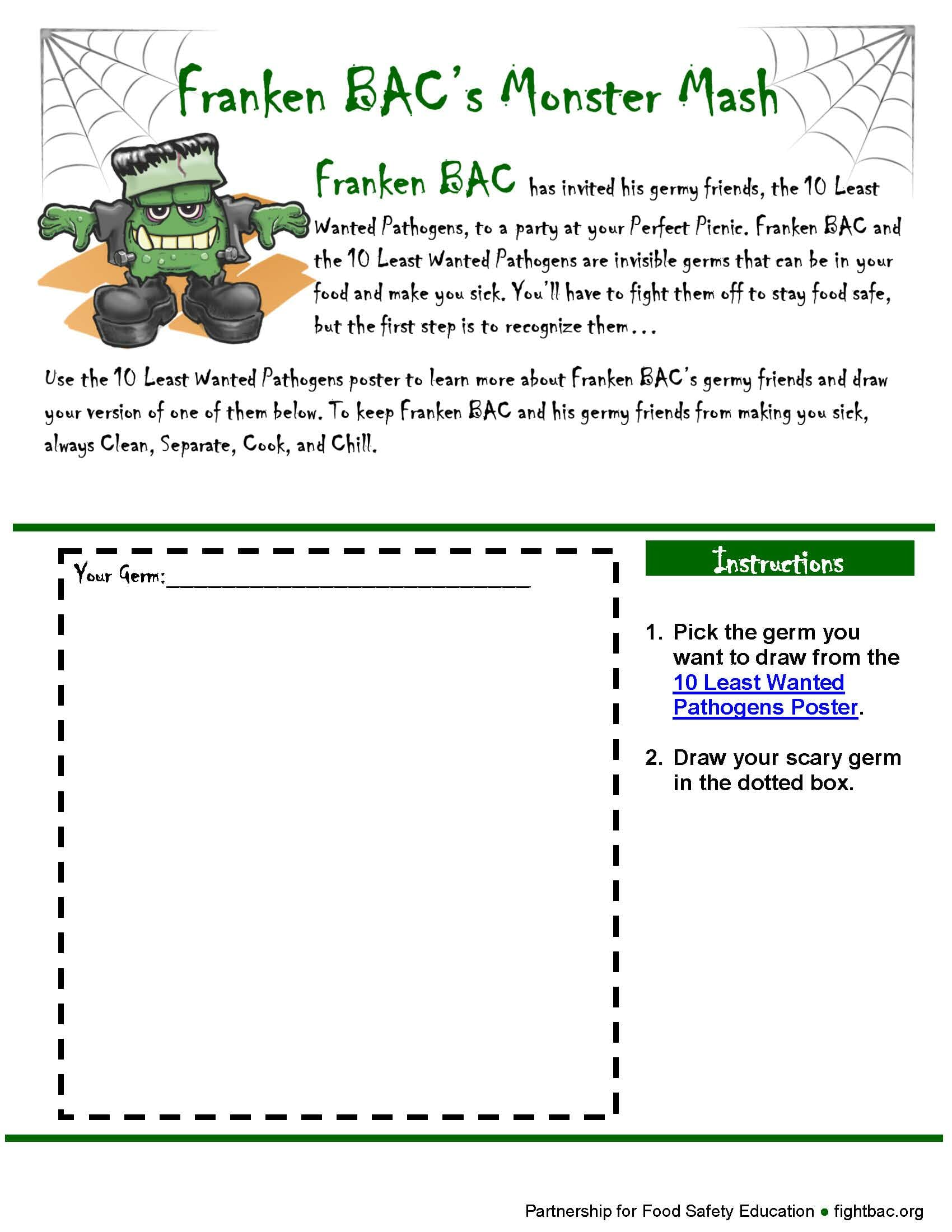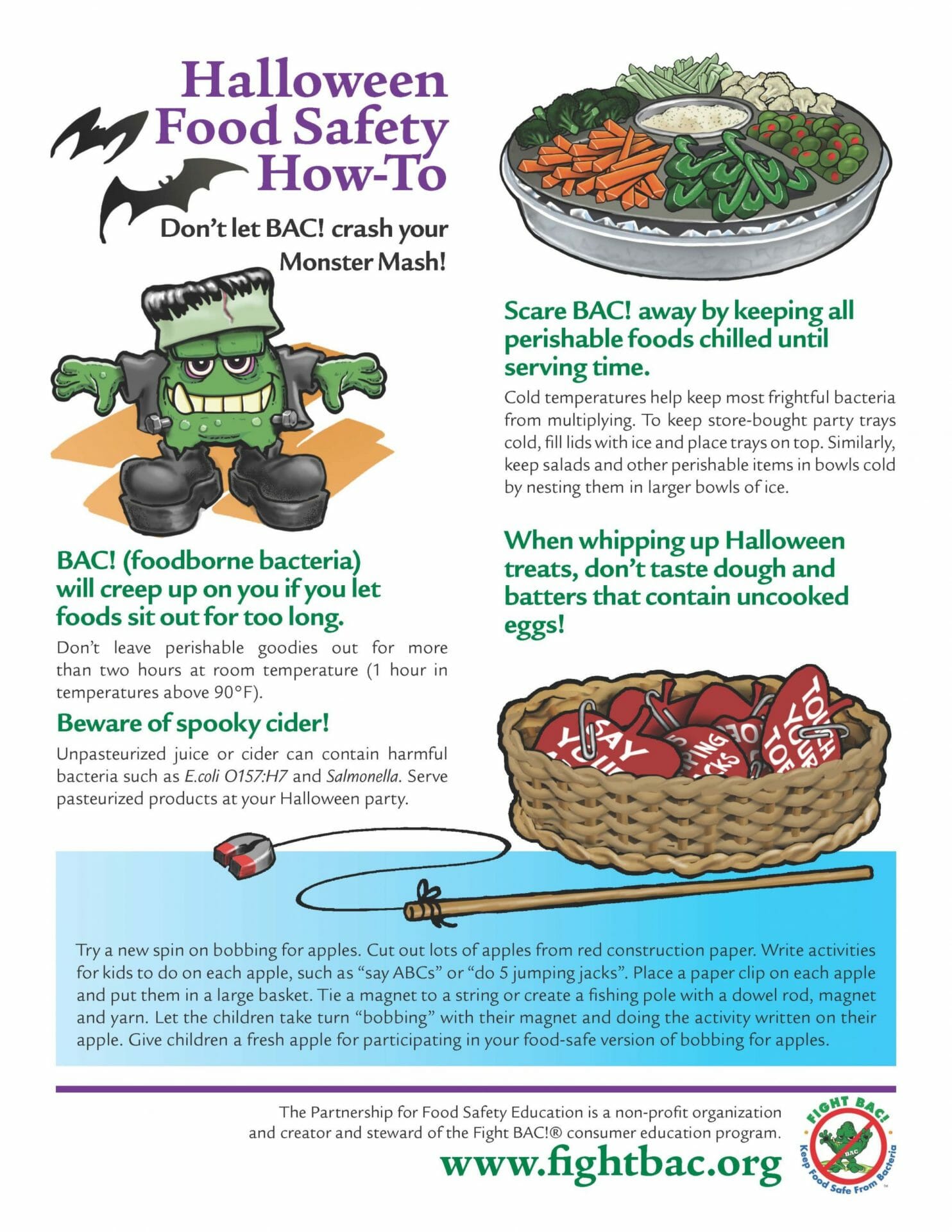“Sweeten Your Holiday with Food Safety”
PFSE Executive Director Britanny Saunier spoke briefly with Jane DeMarchi, President of the North American Millers’ Association, on Facebook Live.
Watch this video to learn about the flour milling process, why flour is considered a raw ingredient, and how you can enjoy baked goods and desserts safely.
‘Tis the season for baking! Sweet treats — cookies, cakes and pies — are delicious traditional goodies for winter holiday celebrations.
According to NCSolutions, household spending on sweet and dessert items and baking supplies were 20% greater in the first two weeks of November than at the same time last year.
Many Americans love baking at home. But not everyone is aware that mishandling raw batter or raw dough can be risky to their families’ health — especially for children! These important tips will help families keep holiday baking traditions safe.
Carefully handle raw baking ingredients
Our favorite holiday cookies and other treats are made from scratch using raw ingredients. Two of these raw ingredients — raw flour and raw eggs — can contain harmful bacteria that can cause foodborne illness. Exposure to heat during the baking process is a necessary step to make sure that foods made with raw flour and raw eggs are safe to eat.
Say no to raw dough! Eating raw dough or batter can be risky — especially for young children who have underdeveloped immune systems, putting them at risk for serious illness from bacteria like Salmonella, E. coli O157:H7, Campylobacter and others.
Always wash hands with soap and water after handling raw ingredients, and uncooked dough and batter.
To keep the holidays bright and happy, pay attention to these simple home handling steps for baking ingredients:
- Raw eggs: To prevent illness from bacteria, keep eggs refrigerated at 40 °F or below until ready to use. Bake desserts containing eggs to a safe internal temperature of 160 °F as measured with a food thermometer. Wash hands with soap and water after handling raw eggs.
- Raw flour: Follow package directions on baking mixes and other flour-containing products for correct cooking temperatures and times. Keep all raw foods, like eggs and flour, separate from ready-to eat foods. Remember, flour is a powder and spreads easily. Wash hands with soap and water after handling raw flour.
Handling these raw ingredients with care will help everyone stay healthy while baking at home.
Prevent cross-contamination while baking
Cross-contamination is how bacteria can be spread from hands and surfaces to your food.
Cut down on cross-contamination of harmful germs with these baking basics:
- When baking at home, wash utensils, appliances and work surfaces with hot water and soap before and after they come in contact with raw dough, raw flour, and eggs or egg-containing foods.
- Wash your hands with soap and water thoroughly after contact with raw dough and raw ingredients, like flour and eggs.
- Your digital device is dirty. Try to keep hands off of your smartphone and tablet while you are cooking or baking. If you touch your device, wash your hands with soap and water.
Remember: Washing hands with soap and water for 20 seconds before and after handling raw ingredients is the best way to reduce the spread of germs that can make you sick.
Baking safely at home
With the ongoing COVID-19 pandemic, you want to make sure that no one in your household gets food poisoning this holiday season. Now is the time to model food safety behavior for your children and grandchildren. Let them know that baked cookies or desserts are well worth the wait!
Download this baking infographic, also available in Spanish language! Following these tips will help keep you and your loved ones healthy while baking at home.
Do you have a favorite family dessert recipe? It’s easy to turn that family favorite into a safe family recipe — and your kids can help! The Safe Recipe Activity teaches kids how to turn a basic recipe into a safe recipe. It’s a fun, educational activity that your entire family will enjoy.
These cookie and dessert recipes already build food safety and hand hygiene prompts into the act of baking. Give these delicious sweets a try at home!
This season will be so much sweeter if we all stay healthy. From the Partnership for Food Safety Education, we wish you a happy and safe baking season!
 Shawnte Loeri is the Communications Associate with the Partnership for Food Safety Education. She enjoys baking vegan desserts with her family and friends. Shawnte can be reached at sloeri@fightbac.org.
Shawnte Loeri is the Communications Associate with the Partnership for Food Safety Education. She enjoys baking vegan desserts with her family and friends. Shawnte can be reached at sloeri@fightbac.org.
